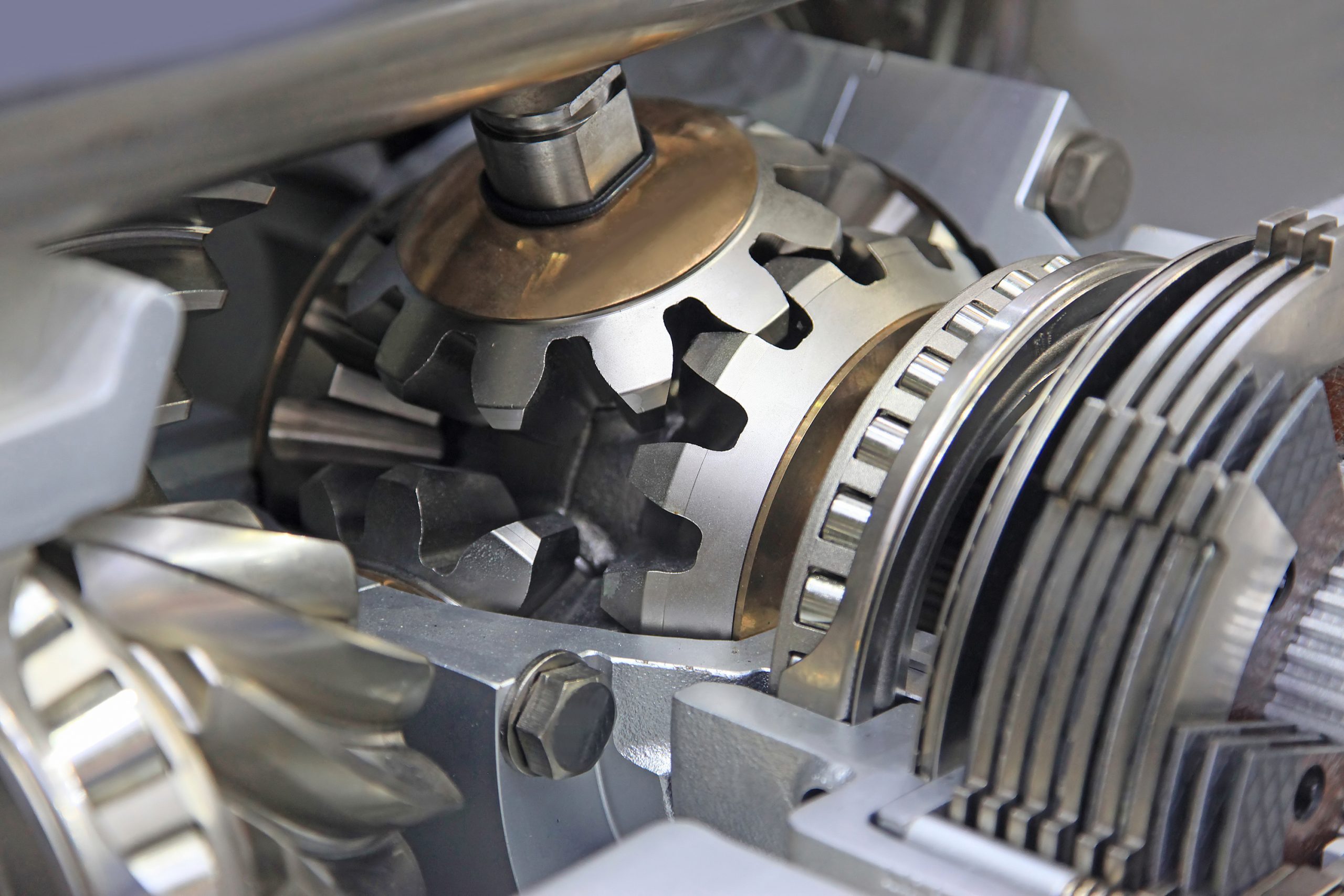

Your vehicle’s differential is a critical component of your vehicle assembly that enables you to safely make a turn or bank a curve while driving. Without this important component, your vehicle would most likely lose control and traction during a curve or turn.
In this month’s blog, we examine the function of the differential and what some of the common issues are that can affect the proper operation of your vehicle’s differential.
Differential Basics
One of the laws of physics states, “Every object in a state of uniform motion tends to remain in that state of motion unless an external force is applied to it.” This simple scientific fact plays a part in why your vehicle is equipped with a differential. When you are driving in a straight direction, your wheels are rotating at the same speed. However, when you begin to turn or curve the vehicle, the wheels cannot continue to spin at the same speed. The inner wheel to the turn travels less distance, and so it will spin slower than the outer wheel to the turn.
But how does this happen?
Your vehicle’s differential technology is a set of gears that transmits torque power to the axles of each wheel. The differential is the “external force” that when applied to each wheel, can power each wheel differently to control the rotation speed and make a smooth turn without losing traction with the road surface.
Your vehicle’s drive system determines where the differential sits within the vehicle. In a front-wheel drive (FWD) system, the differential is next to the transmission on the transaxle. In rear-wheel drive (RWD) systems, the differential sits in the center between the rear wheels along a driveshaft. Four-wheel drives use a transfer case to provide torque power to all four wheels.
Differential Issues
The differential is a hard-working component of your vehicle and while it is designed to be tough, it can wear down or be subjected to failure.
Common issues of the differential include:
- Leaks: The differential requires a specially formulated fluid to keep the parts lubricated from the constant movement. Leaks can develop that directly impact the differential’s ability to function. If you have a differential leak, you may hear a whining sound when you are slowing down the vehicle during operation.
- Universal (u-joints) Damage: The u-joint is a coupling that connects sections on the shaft. They may sometimes wear down or become damaged and impact the differential. If the joints are damaged, you will feel a vibration when you are accelerating the vehicle.
- Gears: The gears that power the torque in the differential may be damaged, worn from wear and tear, or even become misaligned. If this is the problem, you will experience a humming or grinding sound while operating the vehicle.
To avoid issues with the differential, you should consider two maintenance tasks:
- Periodically monitor the differential fluid for leaks. Also, check the fluid level and replenish the differential fluid when necessary.
- Keep the differential lubricated. Good lubrication protects parts from wear and tear.
If you have concerns about your vehicle’s differential and would like it checked, contact the service professionals at Colonial Service Station to schedule an appointment. We will inspect your vehicle and provide recommendations for any necessary repairs.
